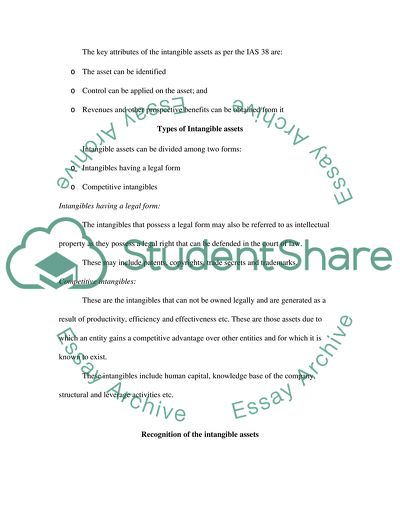Cite this document
(Accounting for Intangible Assets Term Paper Example | Topics and Well Written Essays - 2000 words, n.d.)
Accounting for Intangible Assets Term Paper Example | Topics and Well Written Essays - 2000 words. Retrieved from https://studentshare.org/finance-accounting/1751577-accounting-for-intangible-assets
Accounting for Intangible Assets Term Paper Example | Topics and Well Written Essays - 2000 words. Retrieved from https://studentshare.org/finance-accounting/1751577-accounting-for-intangible-assets
(Accounting for Intangible Assets Term Paper Example | Topics and Well Written Essays - 2000 Words)
Accounting for Intangible Assets Term Paper Example | Topics and Well Written Essays - 2000 Words. https://studentshare.org/finance-accounting/1751577-accounting-for-intangible-assets.
Accounting for Intangible Assets Term Paper Example | Topics and Well Written Essays - 2000 Words. https://studentshare.org/finance-accounting/1751577-accounting-for-intangible-assets.
“Accounting for Intangible Assets Term Paper Example | Topics and Well Written Essays - 2000 Words”. https://studentshare.org/finance-accounting/1751577-accounting-for-intangible-assets.


